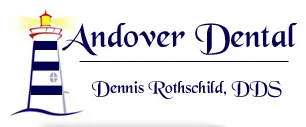Well over half of Americans have some form of gum disease; if you are one of them then your dental cleaning not a “just” a cleaning. Patients often ask, “What’s the difference between periodontal maintenance and a regular cleaning?” A fair question, since the cost is different and it may feel like very similar procedure!
An adult prophylaxis, “regular cleaning” is typically recommended every six months for patients who have healthy gums and bone… think of it like washing your car periodically to protect and prevent damage to the paint. A "regular cleaning" is like washing a new car with a new paint perfectly waxed with minimal defects. It takes minimal washing to maintain its luster and shine. During a "regular cleaning", we remove stains, soft plaque and hard calculus (tartar) above the gum line. A periodontal maintenance is more like washing a classic car with sensitive paint. The paint needs constant washing and wax to maintain the luster and value. During a periodontal maintenance, as with the prophylaxis, we remove stains, soft plaque and hard calculus above the gums. It is the treatment of the compromised areas from past active infections, which sets the cleaning apart.
Treating plaque and deposits below the gums, on the root surface, to lower the risk of an active infection return is what makes it different from a "regular cleaning."
Periodontal disease is a bacterial infection caused by plaque that activates the body’s immune system. The body’s natural defense mechanism that destroys the bone and fibers holding the teeth in place. Just like catching a cold, some people are more at risk than others. Smoking, stress, certain medications, diabetes, prior gum problems, and not keeping up with regular periodontal maintenance appointments are just some of the things that can increase your risk. When we treat the disease, our goal is to stop the infection by cleaning and disinfecting the roots of the teeth above and below the gums in a procedure known as scaling and root planing. Ordinarily, this procedure takes place in one to four visits, during which local or topical anesthetic may be used to assist the Doctor or hygienist during your periodontal procedure.
